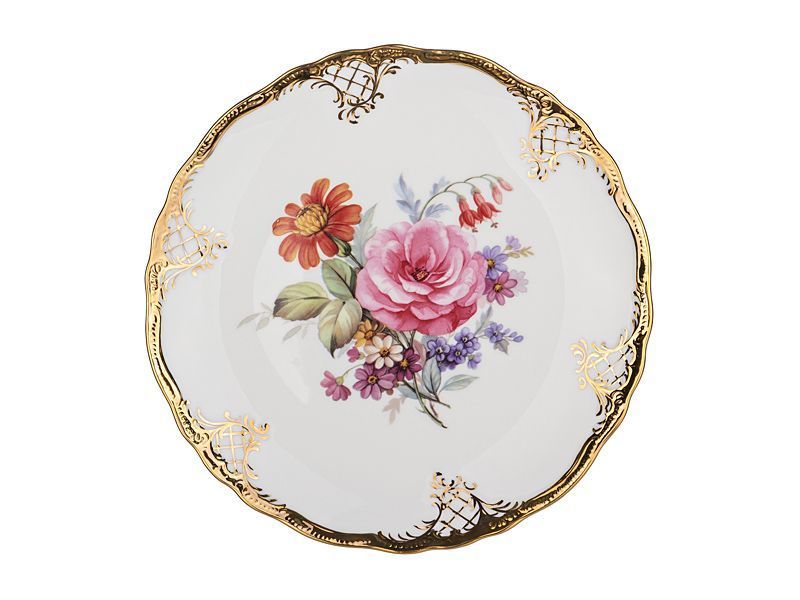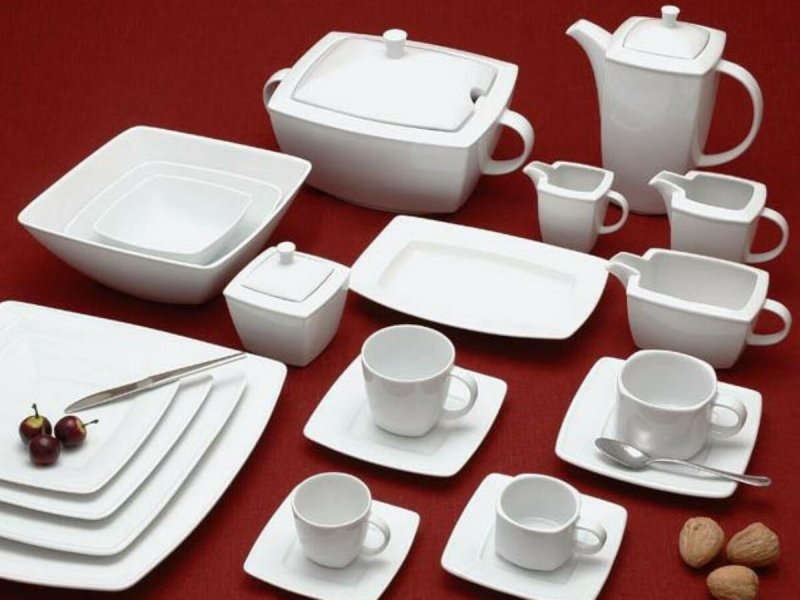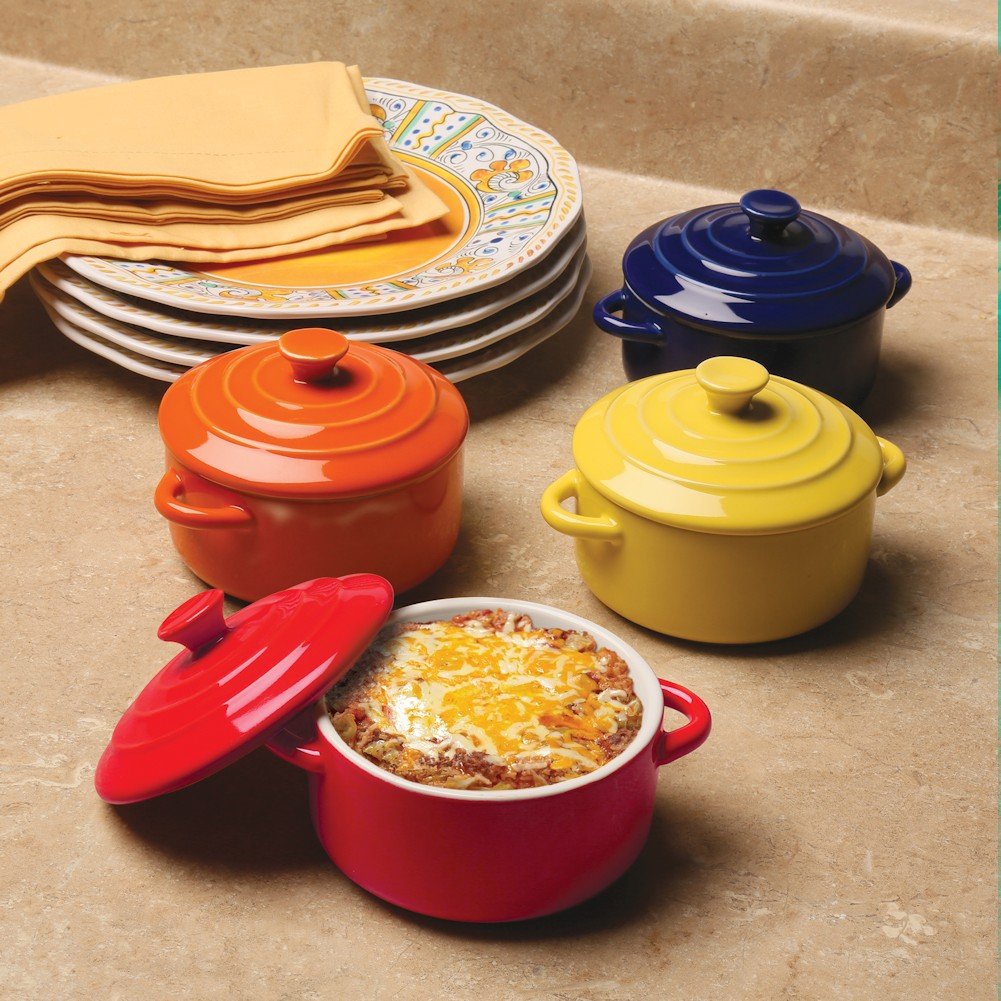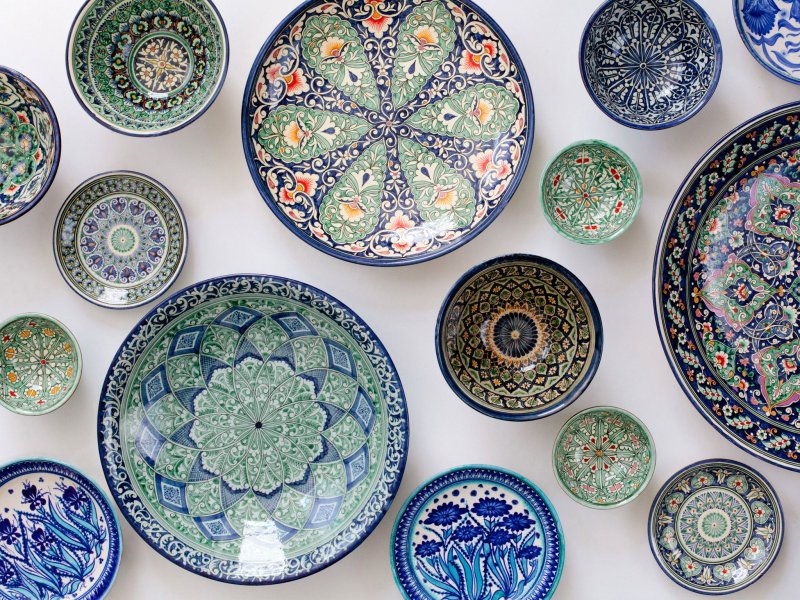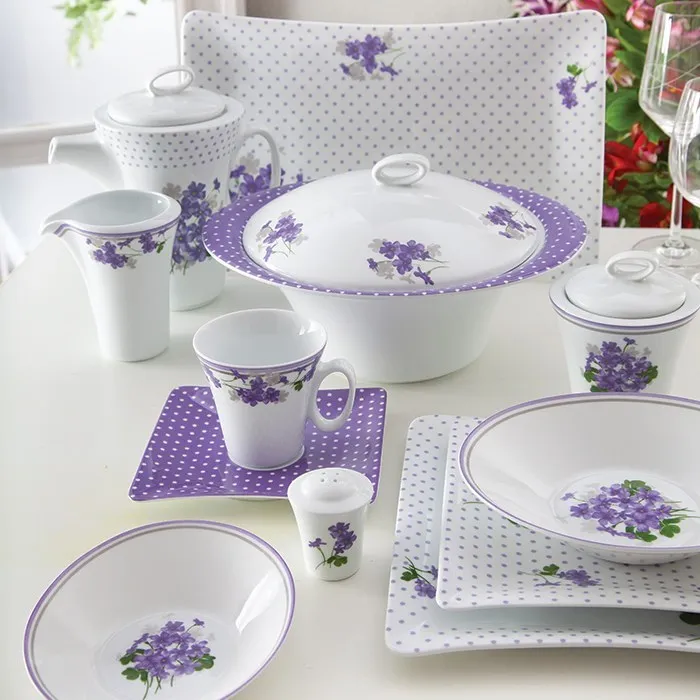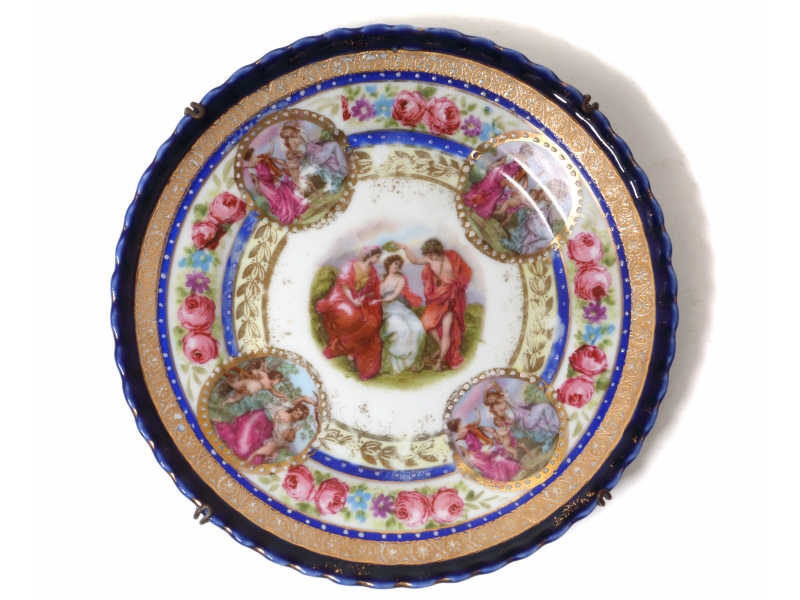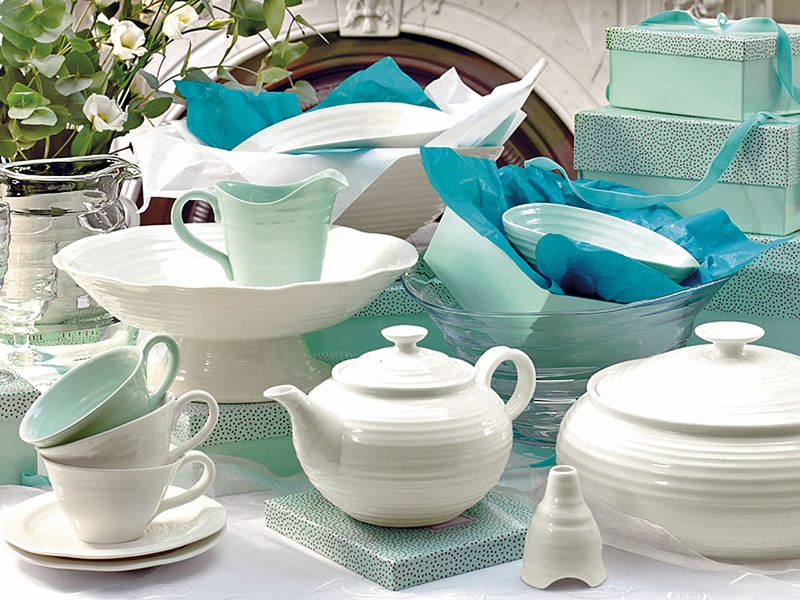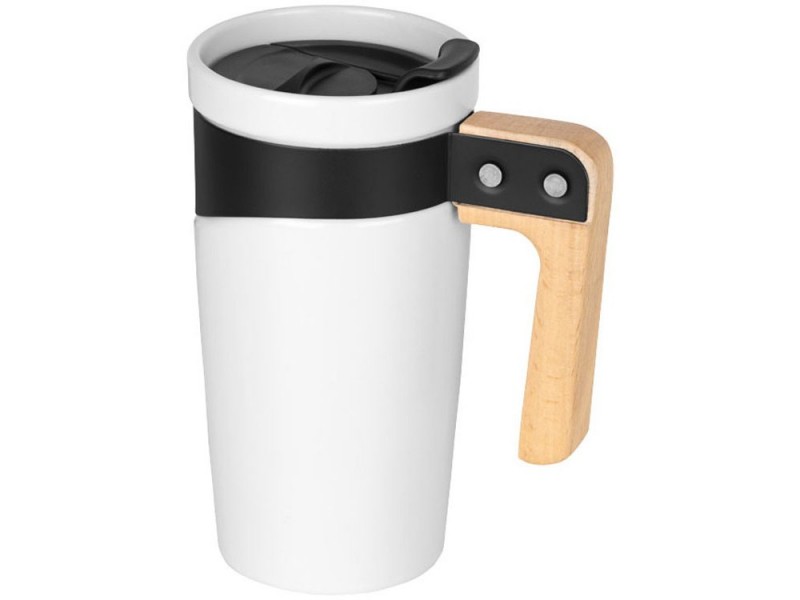A Timeless Classic in the World of Tableware
Introduction:
Porcelain cups have held a special place in the world of tableware for centuries. With their delicate beauty, durability, and timeless appeal, these cups have been a symbol of elegance and refinement in various cultures around the globe. This article aims to provide a comprehensive summary of porcelain cups, exploring their history, production process, benefits, and their significance in contemporary society.
History of Porcelain Cups:
The origins of porcelain cups can be traced back to ancient China, where the first true porcelain was developed during the Tang Dynasty (618-907 AD). Chinese artisans mastered the art of firing clay at high temperatures, resulting in a material that was strong, translucent, and smooth. Porcelain cups quickly became prized possessions, favored by royalty and the elite.
In the 17th century, the popularity of porcelain cups soared as European merchants began importing Chinese porcelain, a trend fueled by the establishment of the Dutch East India Company. This “China Mania” paved the way for European manufacturers to experiment with their own versions of porcelain, leading to the renowned Meissen porcelain factory in Germany, which played a pivotal role in the history of porcelain production.
Production Process:
Creating porcelain cups is a complex and meticulous process that requires skilled craftsmen and attention to detail. The production process begins with a mixture of clay, feldspar, and other minerals. This mixture is crafted into the desired cup shape through methods such as molding, wheel-throwing, or slip casting.
After shaping, the cups are fired at high temperatures, often exceeding 1200 degrees Celsius. This firing process vitrifies the clay, transforming it into porcelain. The cups are then glazed to achieve a smooth, glossy finish and fired for a second time, sealing the glaze and enhancing the cups’ durability.
Benefits of Porcelain Cups:
1. Durability and Longevity: Porcelain cups are renowned for their strength and ability to withstand the test of time. When properly cared for, they can remain in pristine condition for years, making them a worthwhile investment.
2. Heat Retention: Porcelain cups have excellent heat retention properties, ensuring that hot beverages such as coffee or tea stay at an optimal temperature for longer periods. This makes them well-suited for leisurely sipping, enhancing the overall drinking experience.
3. Aesthetic Appeal: Porcelain cups are often adorned with stunning designs, intricate patterns, and elegant shapes, making them a feast for the eyes. They add a touch of sophistication and elegance to any table setting, making them a sought-after choice for both formal and casual occasions.
4. Hygienic Properties: Porcelain is non-porous, meaning it does not absorb odors, flavors, or bacteria. This quality not only ensures a clean and pure taste but also makes porcelain cups easy to clean and maintain.
5. Versatility: Porcelain cups come in a wide range of sizes, shapes, and designs, catering to diverse preferences and needs. Whether it’s an espresso shot, a comforting cup of tea, or a hearty mug of hot chocolate, there is a porcelain cup to suit every beverage choice.
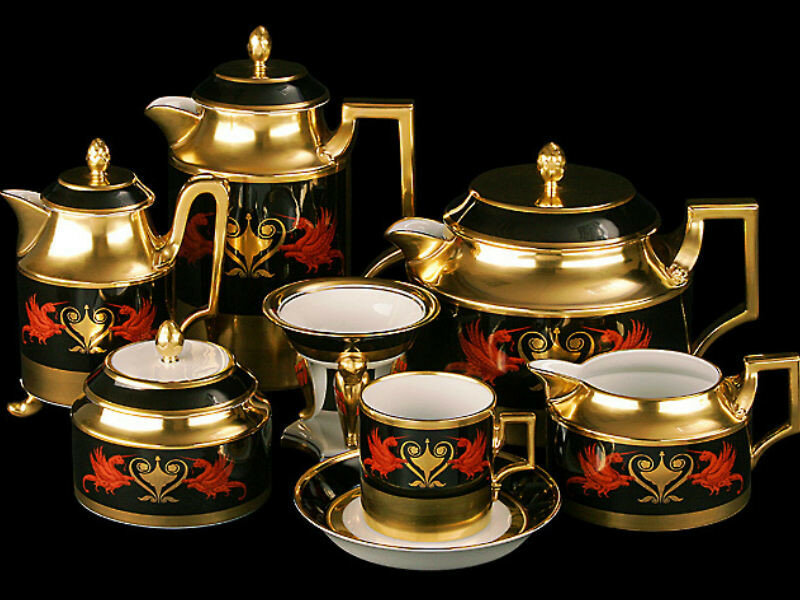
Contemporary Significance:
In today’s fast-paced and ever-changing world, porcelain cups continue to hold great importance. Here are a few reasons why their significance persists:
1. Artistic Expression: Porcelain cups serve as a canvas for artistic expression, allowing contemporary ceramists to showcase their creative flair. Designers and artists often collaborate with porcelain manufacturers to create intricate and unique pieces that push the boundaries of traditional tableware.
2. Sustainability: As society becomes more conscious of environmental issues, porcelain cups offer an eco-friendly alternative to disposable cups. By investing in durable porcelain cups, individuals can significantly reduce their contribution to landfill waste.
3. Collectibles: Porcelain cups, especially antique or limited-edition pieces, have become sought-after collectibles. Their historical value, craftsmanship, and rarity make them a prized possession for collectors and enthusiasts.
4. Ritualistic Enjoyment: Porcelain cups are often associated with certain beverage rituals, such as the Japanese tea ceremony. Such rituals help individuals slow down, savor the moment, and connect with their senses, fostering a deeper appreciation for the beverage and the cup it is served in.
Caring for Porcelain Cups:
To ensure the longevity of porcelain cups, proper care is essential. Here are some guidelines:
1. Handwashing: Porcelain cups are best washed by hand using a mild detergent and warm water. Avoid using abrasives or harsh chemicals that can damage the glaze or cause surface scratches.
2. Storing: Store porcelain cups in a safe place, away from other hard objects that may cause them to chip or break. Consider using individual cup sleeves or soft cloth wraps to protect them during storage.
3. Avoid Thermal Shock: Porcelain cups are susceptible to thermal shock, which can occur when exposing the cup to sudden extreme temperature changes. To prevent this, avoid pouring boiling water directly into a cold cup or placing a hot cup on a cold surface.
4. Repairs: In the unfortunate event of a chip or crack, it is advisable to seek professional restoration. Professional restorers can repair and restore the cup’s appearance while maintaining its integrity.
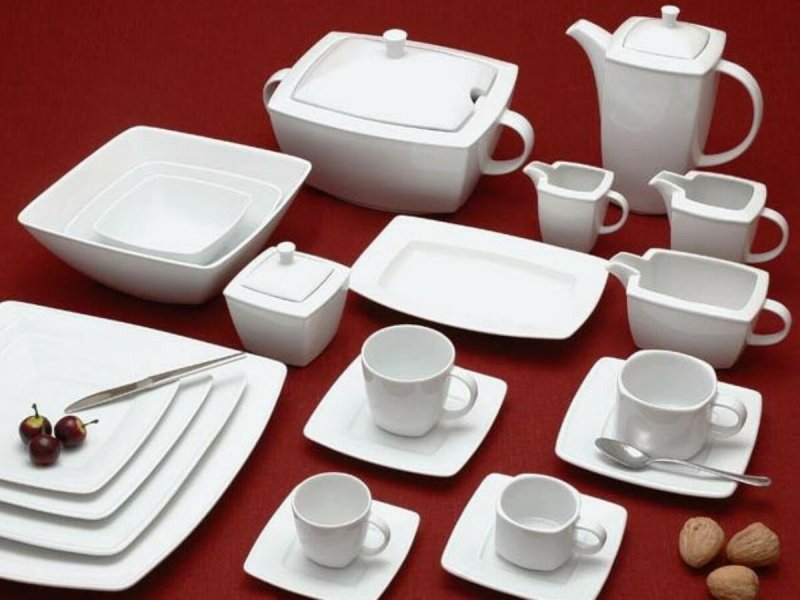
Conclusion:
Porcelain cups have remained a symbol of grace and sophistication throughout history. Their rich heritage, meticulous production process, and numerous benefits have enabled them to withstand the test of time and remain highly coveted in contemporary society. Whether as functional tableware, collectibles, or artistic expressions, porcelain cups continue to enchant and elevate moments of indulgence and connection around the world.I. Market Overview:
The porcelain cup market has witnessed consistent growth over the years, driven by increasing consumer demand for high-quality and aesthetically pleasing tableware. The market is characterized by a wide range of offerings catering to different segments and price points. From luxury brands producing exquisite handmade porcelain cups to more affordable options with mass-produced designs, there is something to suit every budget and preference.
II. Key Players in the Industry:
1. Meissen: Since its establishment in the 18th century, Meissen has been a leading name in porcelain production. Known for its exceptional craftsmanship and timeless designs, Meissen continues to set standards in the industry.
2. Wedgwood: Wedgwood, a British brand with a rich heritage dating back to the 18th century, is renowned for its elegant and refined porcelain cups. The brand has successfully adapted to modern trends while staying true to its classic roots.
3. Royal Copenhagen: With a history spanning over 250 years, Royal Copenhagen is known for its hand-painted porcelain cups featuring intricate blue-and-white designs. The brand’s cups are highly sought after by collectors and connoisseurs worldwide.
4. Rosenthal: Rosenthal is a German brand recognized for its innovative designs and superior craftsmanship. Their porcelain cups often feature unique shapes and contemporary patterns, appealing to a younger demographic.
5. Villeroy & Boch: Villeroy & Boch is a well-established European brand that offers a wide range of porcelain cups, combining traditional elegance with modern aesthetics. The brand’s cups are known for their versatility and durability.
6. Lenox: Lenox, an American brand, offers a diverse range of porcelain cups, catering to both everyday use and special occasions. The brand’s cups are recognized for their quality and affordability.
III. Market Trends and Innovations:
1. Minimalist Designs: In recent years, there has been a surge in demand for minimalist porcelain cups. These cups often feature sleek lines, muted colors, and simple yet elegant designs, appealing to those who prefer a clean and contemporary aesthetic.
2. Personalization and Customization: Many brands now offer personalized porcelain cups, allowing customers to add their initials, names, or even custom designs. This trend has gained popularity among those looking for unique and thoughtful gift options.
3. Sustainability Initiatives: With growing environmental concerns, several porcelain cup manufacturers have started implementing sustainable practices. From using eco-friendly materials to reducing energy consumption during production, sustainability has become a key focus for many brands.
4. Collaborations with Designers and Artists: Brands are increasingly collaborating with renowned designers and artists to create limited-edition collections of porcelain cups. These collaborations bring fresh perspectives and unique artistic visions to traditional tableware, appealing to collectors and art enthusiasts.
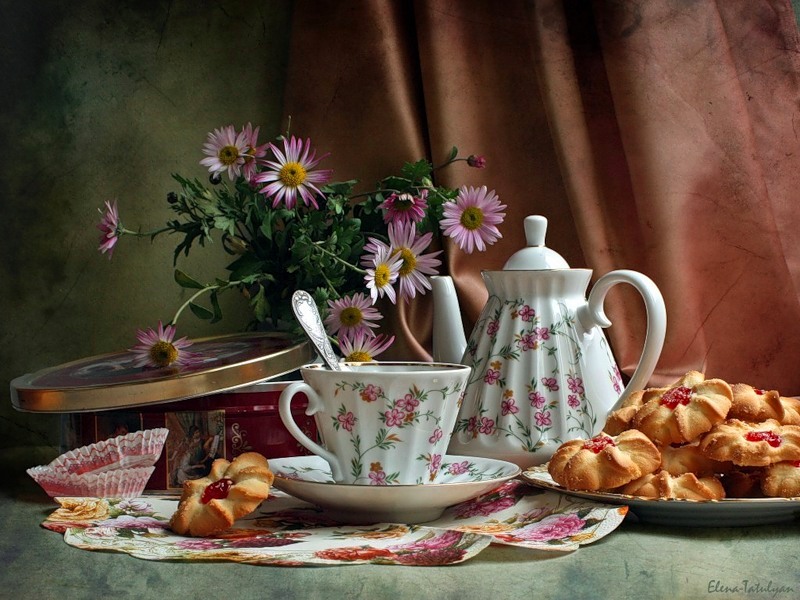
5. Multi-Functional Cups: To cater to the diverse needs of consumers, brands are introducing multi-functional porcelain cups. These cups may include features such as built-in infusers for loose-leaf tea, double-walled insulation for heat retention, or stackable designs for efficient storage.
IV. Distribution Channels:
Porcelain cups are primarily sold through various distribution channels, including:
1. Retail Stores: Traditional brick-and-mortar retailers, including department stores, specialty kitchenware shops, and luxury boutiques, provide a physical shopping experience for customers to browse and purchase porcelain cups.
2. Online Retail: The rise of e-commerce has significantly impacted the tableware industry. Online platforms offer customers a wide range of options, convenient shopping experiences, and the ability to compare prices and read reviews.
3. Direct-to-Consumer (D2C) Brands: Some porcelain cup manufacturers have adopted the D2C model, allowing them to bypass traditional retail channels and sell directly to consumers through their websites. This approach enables brands to have better control over pricing, customer relationships, and branding.
4. Wholesale Distribution: Porcelain cups are often distributed to retailers through wholesale channels. Manufacturers work with distributors who handle the logistics, warehousing, and delivery of products to retailers.
V. Market Opportunities and Challenges:
1. Growing Demand in Emerging Markets: There is a growing demand for porcelain cups in emerging markets such as China, India, and Southeast Asian countries. As disposable income and standards of living rise in these regions, consumers are increasingly seeking higher-quality tableware options.
2. Embracing Digital Transformation: With the advent of technology, businesses in the porcelain cup industry must embrace digital marketing strategies, e-commerce platforms, and social media presence to reach a wider audience and stay competitive in the market.
3. Rising Raw Material Costs: The production of porcelain cups heavily relies on clay and other minerals, the prices of which can fluctuate. Manufacturers must monitor and manage raw material costs to maintain profitability.
4. Competition from Alternative Materials: Porcelain cups face competition from alternative materials such as glass, ceramic, and stainless steel. Manufacturers must continue to innovate and emphasize the unique qualities of porcelain to differentiate themselves from competing materials.
VI. Conclusion:
Porcelain cups continue to captivate consumers with their timeless beauty and functionality. The market offers a diverse range of options, from classic and luxurious designs to modern and minimalist styles, catering to various tastes and preferences. With continued focus on sustainability, customization, and collaborations with designers, the porcelain cup industry is poised for innovation and growth. By adapting to changing consumer expectations and embracing digital transformation, manufacturers and brands can seize the opportunities presented by emerging markets and stay competitive in the ever-evolving tableware industry.
